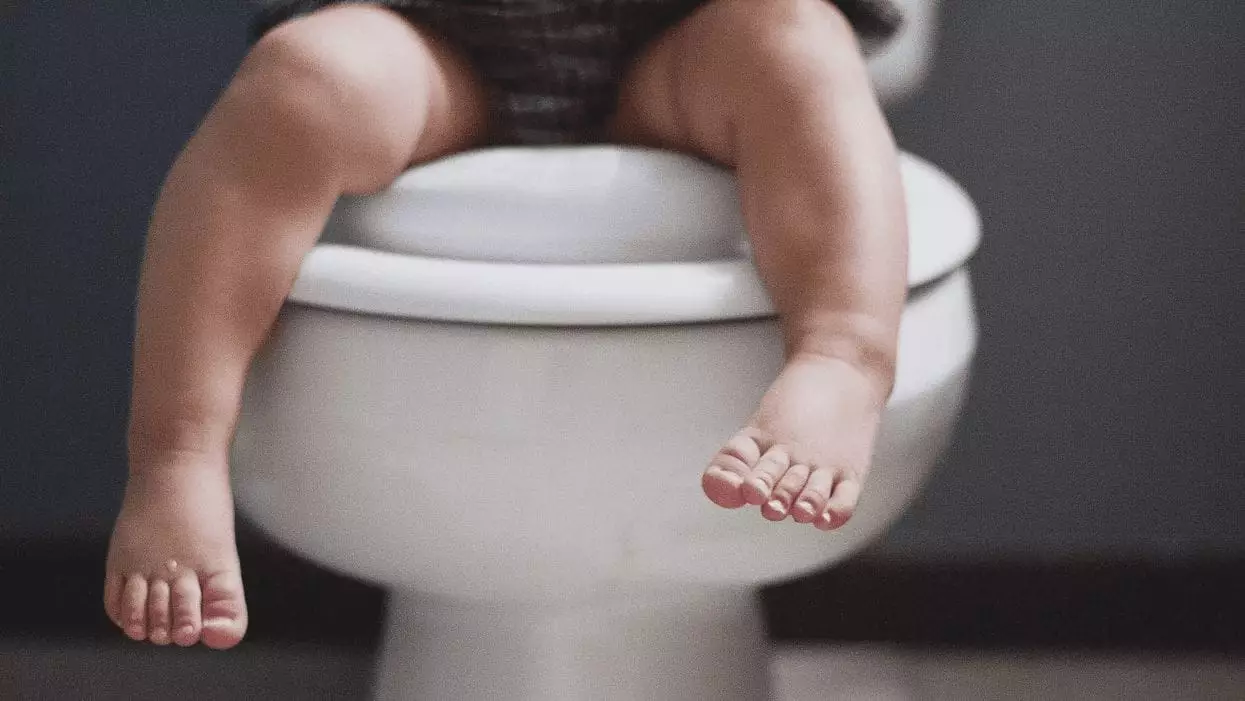Potty training is often framed as one of the essential milestones in the journey of early childhood development. Parents everywhere share tales about the ups and downs of training their toddlers, creating a cacophony of advice, anecdotes, and, at times, undue pressure. The experience is unique to each child and parent, marked by expectations, struggles, and even moments of humor. As daunting as it may seem, understanding the dynamics of potty training can make this milestone not just bearable but also enriching for both parent and child.
The first lesson in the potty training saga is recognizing that each child is different. The timeline for when a child is truly ready to start this transition can vary significantly. While some children may demonstrate readiness as early as 18 months, others might not show interest until much later, around three years or beyond. The importance of not succumbing to external pressures—be it from preschools or fellow parents—is paramount. Dr. Laura Markham offers wise counsel to wait for a time when parents can be relaxed and focused on the child rather than feeling rushed. This critical understanding can lead to a smoother experience, void of unnecessary stress.
A common pitfall many parents encounter is the temptation to pressure their toddler into potty training. This strategy typically backfires, leading to a child who feels apprehensive and hesitant about the process. Children, much like adults, thrive in environments free from anxiety, and potty training should be no exception. When the pressure is lifted, children may find their own pace and process, fostering a sense of autonomy and confidence. It’s crucial for parents to realize that their child’s bathroom habits do not reflect their parenting prowess. The journey is deeply personal and individual to each child, akin to learning a new language or skill.
Another layer of complexity in the potty training process revolves around the shift from diapers to underwear. A common misconception is that simply placing a child in “big kid” pants will automatically prompt them to use the potty. Oftentimes, this transition is met with bewilderment, confusion, or outright rejection. Children might relish the idea of wearing their favorite cartoon character undies but might still need encouragement and consistency in their routines. Only introduce underwear when they show signs of readiness; premature attempts can lead to frustration for both child and parent and may cause unnecessary setbacks.
Potty training is seldom a linear journey; regressing is a natural part of the process. Parents hope that once the initial milestones are met, the path ahead becomes clear and uninterrupted. However, it is important to be prepared for setbacks, which can manifest in various forms, such as nighttime accidents or disinterest in using the potty altogether. These occurrences do not signify failure—they are simply part of growing up. Nighttime wetting, in particular, often persists longer than daytime training. Parents should approach these challenges with a mindset of patience and understanding, recognizing that their child’s journey is unfolding at its own pace.
Throughout this sometimes chaotic process, parents also learn valuable lessons about their children and themselves. The experience of potty training can bolster resilience and the ability to adapt in the face of unexpected challenges. As parents celebrate the small victories—such as a successful bathroom run or a few dry nights—they also gain insights into their child’s personality, preferences, and readiness levels. These moments serve not only as milestones for the child but also as bonding experiences that deepen the parent-child relationship.
Ultimately, the journey of potty training can be as turbulent as it is transformative. Embracing patience, understanding, and flexibility can lead to a rewarding experience, one that benefits both the child and the parent. By avoiding the myths of immediate readiness, resisting the urge to apply pressure, and accepting that regression is a part of the journey, parents can navigate this rite of passage with grace. In the end, it is not merely about getting rid of diapers; it is about fostering a child’s confidence and independence, cultivating trust, and cherishing the learning process—one tiny step at a time.

